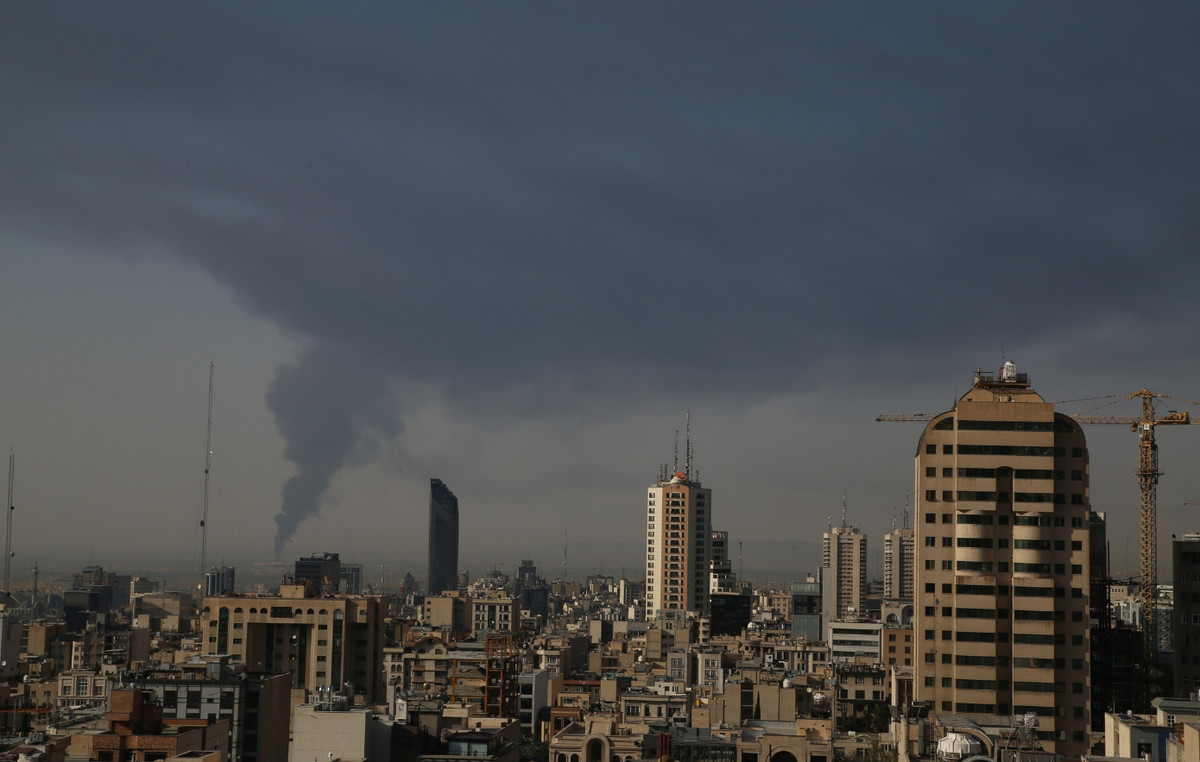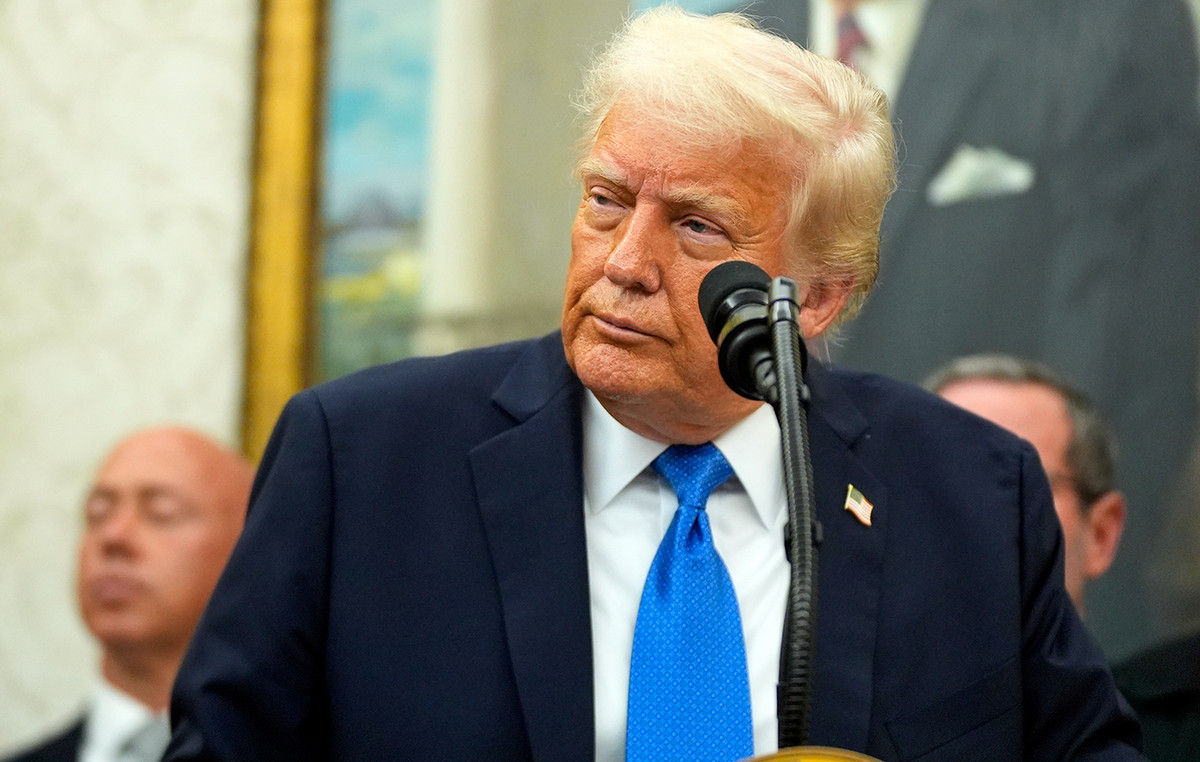- The price of gold slides towards the lower region of 3,300 $ on Tuesday, looking for support near a key level.
- The feeling of the market improves in the midst of optimism for commercial conversations, attenuating the demand for safe refuge.
- A stronger American dollar gains impulse after Japan considers reducing its debt emissions.
The price of gold (Xau/USD) extends the correction, sliding below the 300 $ brand at the time of writing on Tuesday in the midst of a better appetite for the risk and a stronger US dollar (USD). The gold extends its decline for the second day this week, since the US dollar recovered some profits and the demand for shelter assets cooled, with investors also weighing the prospects of improving commercial relations between the US and the EU after the US president Donald Trump said on Sunday that he agreed an extension in the deadline of 50% of tariffs to the European Union (EU) July 9.
The strongest USD won impulse at the end of the Asian negotiation after the Japanese Finance Ministry (MOF) declared that its bond emission plan could see some adjustments, with lower volumes. This caused Japanese yields to collapse and saw the Japanese Yen (JPY) devalued against the US dollar, triggering a spill effect in favor of the dollar against several other main currencies. A stronger American dollar makes gold more expensive for most buyers, and therefore is considered an obstacle.
What moves the market today: some winds against in play
- The demand for safer assets such as gold has been affected as signs arise that the White House could be advancing in negotiations with some commercial partners. Gold -quoted funds (ETFs) registered five consecutive weeks of departures since they reached their maximum point in more than a year in mid -April, reports Bloomberg.
- One of China’s largest golden mining companies is planning its second offer of bonds in US dollars in two weeks, the last one in a series of global companies that seek to take advantage of the growing interest of investors in the precious metal. Shandong Gold Group is considering issuing a perpetual bonus of approximately 100 million dollars as soon as this week. The potential sale occurs after 300 million dollars have already raised through an offer of three -year bonds earlier this month, reports Bloomberg.
- Harmony Gold Mining Co. has agreed to buy Mac Copper Ltd., allowing the main South African gold producer to obtain a greater presence in Australia and increase their exposure to copper. Harmony is offering $ 12.25 for each MAC share, which implies a total capital value for the Australian company of approximately 1.03 billion dollars, reports Reuters.
- There are still winds in favor at stake, with the markets remaining in waiting mode, weighing several risks, including the growing US deficit, business conversations in progress and deterioration conflicts in the Middle East and Ukraine.
Technical analysis of the price of gold: the downward pressure seems
Some down pressures seem to be on the price of gold this week. The winds against above could be quite persistent, since the US dollar has already experienced a long period of devaluation and is due to a recovery at the expense of the precious metal. Add some more possible positive signs in commercial conversations, and any perspective that gold extends its maximums could be below expectations.
On the positive side, the daily pivot point at $ 3,341 is the first level to be taken into account, followed by R1 resistance in $ 3,359. Above, the R2 resistance at $ 3,374 remains not far and could open the door for a round level of $ 3,400 and potentially an additional course towards $ 3,440, coinciding with the peaks of May 6 and 7.
On the other hand, a thick layer support appears in case the price of gold decline. In case the 3,300 $ brand is broken, some intermediate support could come from S2 support at $ 3,275. Below, there is a fundamental technical level at $ 3,245 (maximum of April 11).

Xau/USD: Daily graphic
FAQS GOLD
Gold has played a fundamental role in the history of mankind, since it has been widely used as a deposit of value and a half of exchange. At present, apart from its brightness and use for jewelry, precious metal is considered an active refuge, which means that it is considered a good investment in turbulent times. Gold is also considered a coverage against inflation and depreciation of currencies, since it does not depend on any specific issuer or government.
Central banks are the greatest gold holders. In their objective of supporting their currencies in turbulent times, central banks tend to diversify their reserves and buy gold to improve the perception of strength of the economy and currency. High gold reserves can be a source of trust for the solvency of a country. Central banks added 1,136 tons of gold worth 70,000 million to their reservations in 2022, according to data from the World Gold Council. It is the largest annual purchase since there are records. The central banks of emerging economies such as China, India and Türkiye are rapidly increasing their gold reserves.
Gold has a reverse correlation with the US dollar and US Treasury bonds, which are the main reserve and shelter assets. When the dollar depreciates, the price of gold tends to rise, which allows investors and central banks to diversify their assets in turbulent times. Gold is also inversely correlated with risk assets. A rebound in the stock market tends to weaken the price of gold, while mass sales in higher risk markets tend to favor precious metal.
The price of gold can move due to a wide range of factors. Geopolitical instability or fear of a deep recession can cause the price of gold to rise rapidly due to its condition of active refuge. As an asset without yield, the price of gold tends to rise when interest rates lower, while the money increases to the yellow metal. Even so, most movements depend on how the US dollar (USD) behaves, since the asset is quoted in dollars (Xau/USD). A strong dollar tends to keep the price of gold controlled, while a weakest dollar probably thrusts gold prices.
Source: Fx Street
I am Joshua Winder, a senior-level journalist and editor at World Stock Market. I specialize in covering news related to the stock market and economic trends. With more than 8 years of experience in this field, I have become an expert in financial reporting.







